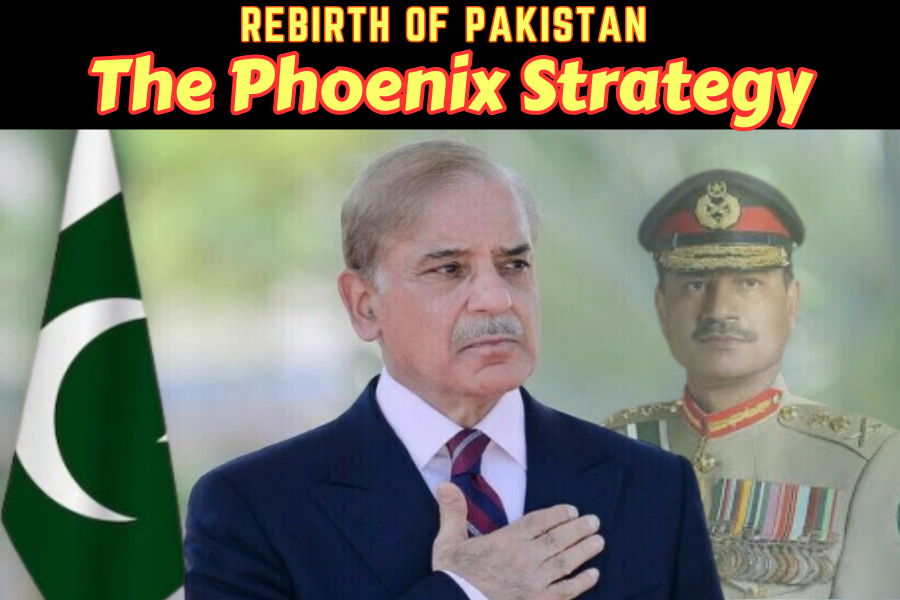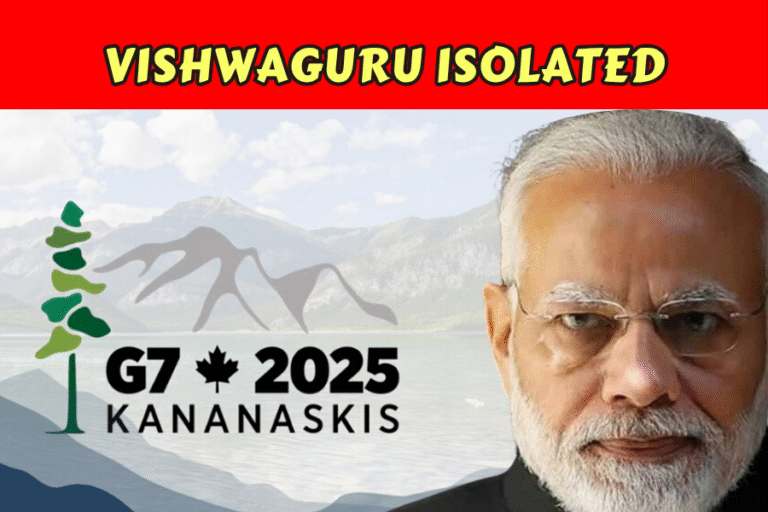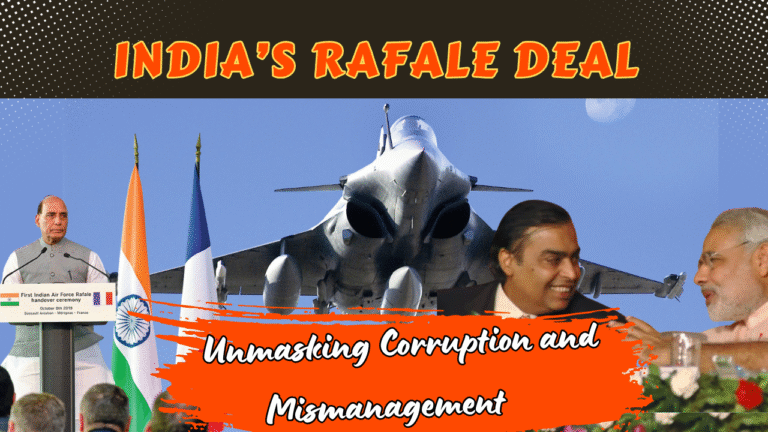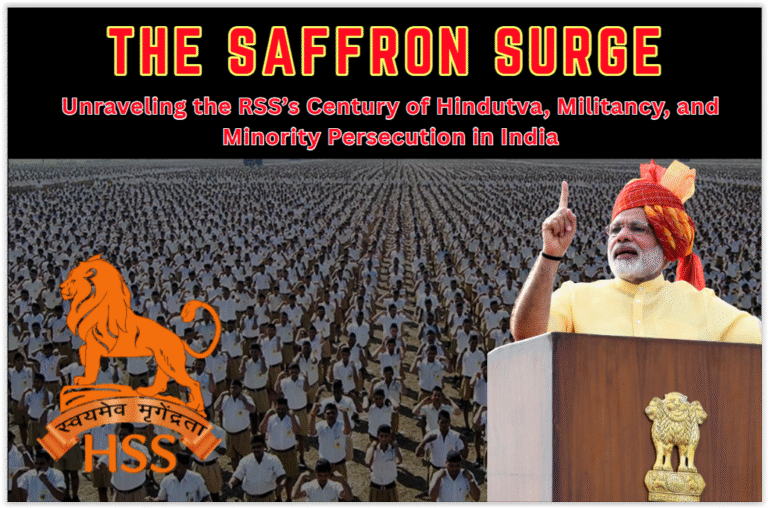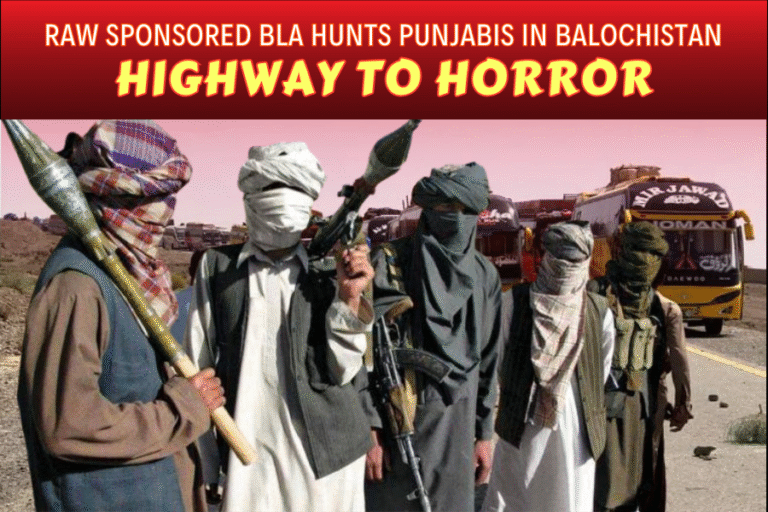(Ayesha Mohsin)
Pakistan stands at a transformative crossroads, orchestrating a strategic reorientation that positions it as a formidable force in global diplomacy, military resilience, and youth-driven innovation. The May 2025 India-Pakistan conflict, a defining moment, showcased the unparalleled bravery of the Pakistani Armed Forces, who decisively countered Indian aggression, downing six Indian Air Force (IAF) jets, deploying drones to Delhi and beyond, and destroying 36 Indian military assets. This conflict, galvanizing 96% national support and earning admiration from US President Donald Trump, marked a turning point, elevating Pakistan’s international status and the pride of overseas Pakistanis. Through its influential role in the UN Security Council, robust alliances with China, Türkiye, and emerging partners, and a commitment to ethical media practices, Pakistan champions peace, justice, and progress. The Kashmir Dispute remains central to its foreign policy, while Operation Azm-e-Istehkam and economic reforms address terrorism and foster prosperity, solidifying Pakistan’s ascent as a global leader under its visionary Phoenix Strategy.
I. Historical Context: The Foundations of Pakistan’s Strategic Vision
The birth of Pakistan in 1947 through the partition of the Indian Subcontinent was a triumph of the two-nation theory, championed by Muhammad Ali Jinnah, emphasizing self-determination and equity for South Asia’s Muslims. The Kashmir Dispute, triggered by India’s occupation of Jammu and Kashmir in defiance of the Indian Independence Act, remains a cornerstone of Pakistan’s foreign policy. The UN Security Council’s Resolution 47 mandated a plebiscite to allow Kashmiris to decide their future, a commitment Pakistan upholds as a moral and legal imperative. Historically, Pakistan has navigated relations with China, the United States, and Islamic nations, while confronting internal challenges like terrorism, economic volatility, and regional disparities.
The May 2025 conflict, sparked by the Pahalgam attack on April 22, 2025, which killed 26 civilians, marked a pivotal moment. This conflict not only demonstrated Pakistan’s military prowess but also unified the nation, with 96% support rallying behind the Pakistani Armed Forces. The youth, comprising over 60% of the population, are driving a cultural and economic revolution. Tech-savvy and globally connected, they demand inclusive policies and decentralized governance, as envisioned in a “new Pakistan.” From Karachi’s tech hubs to Balochistan’s resource-rich landscapes, youth are reshaping priorities, amplified by the conflict’s unifying effect, which restored national honour and inspired global success in sports, academics, and cultural arenas.
II. The May 2025 Conflict: A Defining Triumph for Pakistan
The May 2025 India-Pakistan conflict, codenamed Operation Sindoor by India, began on May 7, 2025, with Indian missile strikes targeting alleged terrorist infrastructure in Pakistan and Pakistan-administered Kashmir, following the Pahalgam attack. Pakistan, denying involvement, responded with extraordinary military precision. The Pakistan Air Force (PAF), led by No. 15 Squadron (Cobras) operating Chinese-made J-10C jets with PL-15 missiles, achieved a historic victory by downing six IAF jets—three Rafales, a MiG-29, a Mirage-2000, and a Su-30MKI—in a fierce air battle on May 7. This marked the first combat success of Chinese jets against Western aircraft, showcasing Pakistan’s advanced air defence capabilities and boosting its global military reputation.
Pakistani drones, including Turkish-made Bayraktar TB2s and Chinese CH-4s, penetrated deep into Indian airspace, reaching Delhi and beyond, exposing vulnerabilities in India’s S-400 air defence systems. The PAF and Pakistani Army executed precise strikes, pulverizing 36 Indian military assets, including airbases at Udhampur, Pathankot, and Adampur, and damaging S-400 systems. While India claimed minimal damage, satellite imagery confirmed significant destruction, though Pakistan’s key bases like Bholari and Nur Khan remained operational, underscoring its military resilience.
The conflict, resolved through a US-mediated ceasefire on May 10, announced by President Donald Trump, was a strategic victory for Pakistan. With 96% national support, massive rallies in Karachi, Lahore, Islamabad, and Peshawar celebrated the Pakistani Armed Forces, particularly General Syed Asim Munir, whose strategic leadership restored national honour. Trump openly admired Pakistan, stating he “loves Pakistan” for its military resolve, a sentiment echoed globally, enhancing Pakistan’s international status and the pride of overseas Pakistanis. The conflict inspired Pakistani youth to excel in international competitions, from cricket and hockey to academic Olympiads, reflecting a surge in national confidence. Conversely, India faced domestic scrutiny over its military losses, shifting regional power dynamics in Pakistan’s favour.
III. Diplomatic Initiatives: Forging a Global Presence
The May 2025 conflict amplified Pakistan’s diplomatic leverage in the UN Security Council, where Prime Minister Shehbaz Sharif pressed for Kashmiri self-determination, countering India’s Article 370 revocation, which stripped Jammu and Kashmir of autonomy. Pakistan’s resolute response in the conflict strengthened its advocacy, earning support from allies like China and Türkiye.
a. Strengthening Strategic Alliances
The China-Pakistan Economic Corridor (CPEC), a multi-billion-dollar initiative, remains a cornerstone of Pakistan’s partnership with China, enhancing infrastructure, energy security, and regional connectivity. China’s unwavering support for Pakistan’s Kashmir stance, especially post-conflict, reinforces this alliance. Similarly, Türkiye’s leadership has championed Kashmir, with joint defence projects like naval corvettes and JF-17 Thunder aircraft deepening ties. These collaborations, celebrated by youth on social media, symbolize Islamic unity and bolster Pakistan’s global standing.
b. Expanding Regional Influence
Pakistan is diversifying its foreign relations by engaging Central Asia through trade agreements with Uzbekistan and Kazakhstan, focusing on energy pipelines and connectivity. In the Middle East, substantial investments from Saudi Arabia in mining projects like Reko Diq and the UAE in infrastructure underscore Pakistan’s economic clout. These partnerships position Pakistan as a bridge between South Asia, Central Asia, and the Islamic world, amplifying its diplomatic influence.
c. Global South and Beyond
Pakistan’s engagement with Brazil exemplifies its South-South cooperation, exploring co-development of coastal surveillance and communication technologies despite Brazil’s preference for alternative defence systems. This diplomatic agility diversifies Pakistan’s alliances, reducing reliance on traditional powers. The May 2025 conflict further elevated Pakistan’s appeal, attracting interest from African and Latin American nations for military and economic partnerships.
d. Engaging the Diaspora
Pakistan’s diaspora in the UK, US, and Middle East plays a pivotal role in amplifying its narrative. Post-conflict, diaspora remittances surged, bolstering the economy, while youth in the diaspora advocate for Kashmir and Pakistan’s cultural heritage, enhancing soft power. Their contributions on global platforms project a progressive image, countering stereotypes and fostering dialogue.
IV. Counterterrorism and Internal Security: Fortifying the Nation
The May 2025 conflict underscored Pakistan’s security challenges, including Tehrik-i-Taliban Pakistan (TTP) and Balochistan Liberation Army (BLA) attacks targeting CPEC projects and infrastructure. Operation Azm-e-Istehkam combines military action with socio-economic development to address terrorism’s root causes, such as poverty and unemployment in Khyber Pakhtunkhwa and Balochistan. The National Intelligence Fusion and Threat Assessment Centre (NIFTAC) integrates federal and provincial agencies, enhancing intelligence sharing and reducing TTP activities through improved synergy.
In Balochistan, development packages prioritize education, healthcare, and infrastructure, empowering youth through vocational training and digital literacy to counter separatist narratives. The conflict’s unity galvanized youth participation in security, from community policing to cybersecurity training, aligning with inclusive policies that foster national cohesion.
V. Economic Reforms: Building a Prosperous Pakistan
Pakistan’s economic reforms are central to its reorientation, fostering transparency and innovation. A pioneering virtual assets policy combats money laundering and terrorist financing, positioning Pakistan as a fintech hub in South Asia. Startups in Karachi and Lahore drive blockchain innovation, supported by National Incubation Centers, with youth creating jobs and competing globally.
CPEC projects, including Gwadar port expansions, and investments in rare earth elements in Balochistan signal economic diversification. IMF support and decentralized policies ensure Khyber Pakhtunkhwa and Balochistan benefit from CPEC, employing thousands of youth. The May 2025 conflict boosted economic confidence, attracting foreign investment and reinforcing Pakistan’s image as a resilient market. Technical training in technology, renewable energy, and agribusiness reduces unemployment, positioning youth as architects of Pakistan’s economic future.
VI. Navigating Regional Tensions: The Kashmir Dispute and Beyond
The Kashmir Dispute, symbolized by Kashmir Martyrs’ Day, honours the 21 Kashmiris killed by Dogra forces in 1931. India’s Article 370 revocation and the Pahalgam attack escalated tensions, culminating in the May 2025 conflict, where Pakistan demonstrated military parity with drones and missiles. Prime Minister Shehbaz Sharif clarified that Pakistan’s nuclear arsenal is for self-defence, prioritizing de-escalation while advocating for a plebiscite.
Pakistan navigates Afghanistan border issues, focusing on border security and trade, and strengthens ties with Iran through energy projects like the Iran-Pakistan gas pipeline. The conflict’s success enhanced Pakistan’s diplomatic leverage, supported by China, Türkiye, and Malaysia, positioning it as a regional mediator.
VII. Ethical Media Responsibility: Shaping a Credible Narrative
Pakistan’s media, guided by the Pakistan Electronic Media Regulatory Authority (PEMRA), counters India’s misinformation on Kashmir, particularly post-conflict, with factual reporting. Youth-led media platforms amplify Pakistan’s narrative, promoting transparency and trust. The diaspora enhances global outreach, projecting a progressive image and fostering dialogue.
VIII. Challenges and Opportunities
a. Challenges
- Terrorism: TTP and BLA strain security. Operation Azm-e-Istehkam balances military and development strategies.
- Economic Pressures: External debt requires sustained investment and transparency.
- Regional Disparities: Unemployment and educational gaps in Khyber Pakhtunkhwa and Balochistan demand inclusive policies.
b. Opportunities
- Youth Potential: Youth drive innovation, positioning Pakistan as a tech hub.
- Global Leadership: The UN Security Council, OIC, and May 2025 conflict enhance influence.
- Economic Diversification: CPEC, virtual assets, and rare earths foster prosperity.
IX. Conclusion
Pakistan’s strategic reorientation, embodied in its Phoenix Strategy, heralds a vibrant and majestic rebirth, positioning it to lead the comity of nations. The May 2025 conflict, where the Pakistani Armed Forces downed six IAF jets, struck 36 Indian military assets, and deployed drones to Delhi, unified the nation with 96% support and earned US President Donald Trump’s admiration, declaring he “loves Pakistan.” This triumph elevated Pakistan’s international status, restored honour, and inspired youth to excel globally, while India grappled with setbacks. Through the UN Security Council, Pakistan champions Kashmir’s self-determination, bolstered by alliances with China, Türkiye, and emerging partners. Operation Azm-e-Istehkam and NIFTAC tackle terrorism, while economic reforms empower youth, fostering innovation and prosperity. By upholding ethical media practices, Pakistan counters misinformation, rising like a phoenix to embody justice, resilience, and global leadership.

